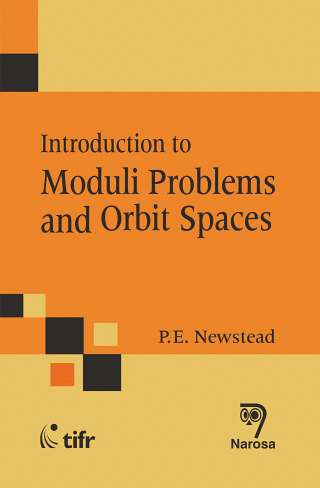About the book Geometric Invariant Theory (GIT), developed in the 1960s by David Mumford, is the theory of quotients by group actions in Algebraic Geometry. Its principal application is to the construction of various moduli spaces. Peter Newstead gave a series of lectures in 1975 at the Tata Institute of Fundamental Research, Mumbai on GIT and its application to the moduli of vector bundles on curves. It was a masterful yet easy to follow exposition of important material, with clear proofs and many examples. The notes, published as a volume in the TIFR lecture notes series, became a classic, and generations of algebraic geometers working in these subjects got their basic introduction to this area through these lecture notes. Though continuously in demand, these lecture notes have been out of print for many years. The Tata Institute is happy to re-issue these notes in a new print. |



